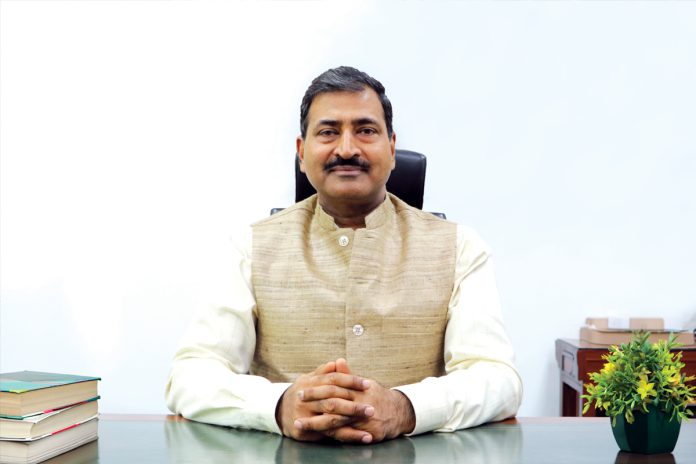The ambitious Mumbai-Ahmedabad Bullet Train corridor draws inspiration from Japan’s renowned Shinkansen network and looks to shape the future of Indian travel
Words by Neeraj Tiwari
The Shinkansen network, or the Bullet Train as Japan’s famous undertaking is referred to, will likely have a transformative effect on Indian travel. We catch up with Vivek Gupta, Managing Director of the National High-Speed Rail Corporation Limited (NHSRCL), to discuss the transformative Mumbai-Ahmedabad High-Speed Rail (MAHSR) project—India’s first foray into bullet train technology.
Gupta sheds light on the massive undertaking, revealing the myriad challenges NHSRCL has tackled to bring this ambitious vision to life, including intricate land acquisitions, rigorous environmental clearances, and the integration of Japanese high-speed rail technology.
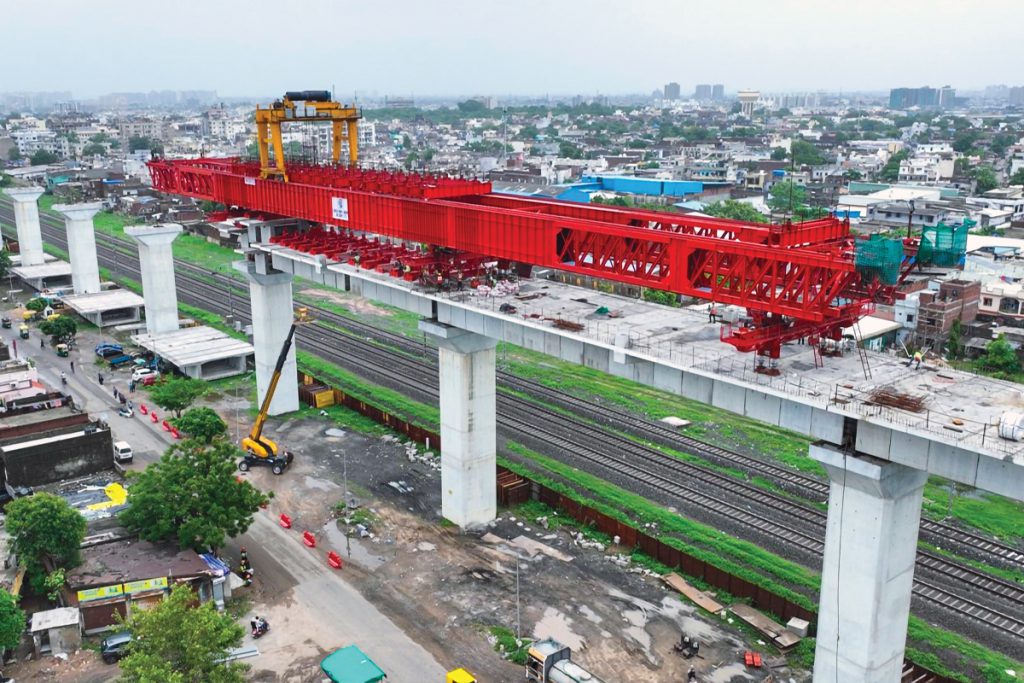
The MAHSR project aims to redefine intercity travel in India, linking Mumbai and Ahmedabad through a state-of-the-art rail system that will reach speeds up to 320 km/h. This groundbreaking project includes 28 steel bridges, 24 river crossings, 8 mountain tunnels, and an awe-inspiring 21-kilometer undersea passage through Thane Creek, connecting 12 strategically placed stations across the corridor. With robust collaboration with Japan and advanced technology at its core, this rail line is expected to bolster regional economies, enhance productivity, and establish an efficient, safe, and sustainable travel network for India.
What are the primary challenges you’ve faced in developing India’s first high-speed rail corridor, and how have you addressed them?
Developing this high-speed corridor has required us to overcome several complex hurdles. Land acquisition in villages and towns was a significant challenge, as was mapping utilities along the entire route. In certain areas, such as Palghar, we had to navigate difficult terrain, while congestion in cities like Mumbai and Ahmedabad posed additional obstacles. Environmental clearances for rivers and forests took time, as did finding and training the talent necessary for a project of this scale.
Today, we’ve largely overcome these challenges. All land and environmental clearances are complete, civil construction has reached an advanced stage, and track installation is progressing rapidly. We’re now well-positioned to bring India’s first high-speed rail project to completion.
Could you highlight some of the project’s unique engineering features?
A: The Mumbai-Ahmedabad High-Speed Rail (MAHSR) corridor includes remarkable infrastructure: 28 steel bridges, 24 river bridges, 8 mountain tunnels, and a 21-kilometer underground tunnel—of which 7 kilometres run beneath Thane Creek. There are 3 rolling stock depots, a state-of-the-art high-speed rail training centre, and 12 strategically located stations.
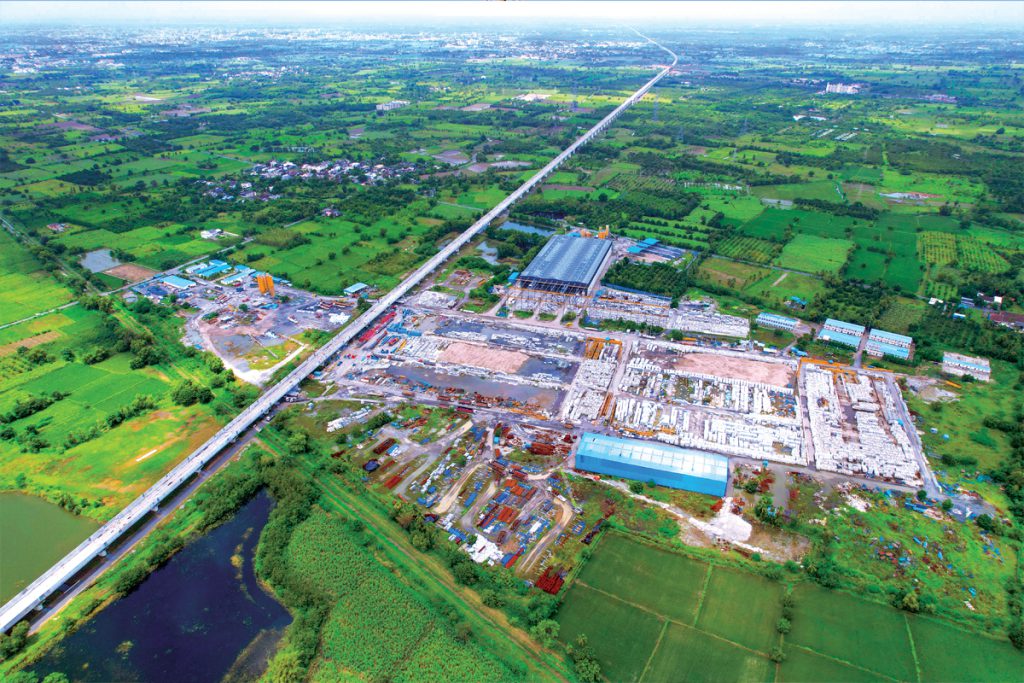
Starting at Mumbai’s Bandra Kurla Complex (BKC), this high-speed corridor will connect key financial hubs. Trains will operate at speeds of up to 320 km/h, transforming intercity travel and facilitating economic growth across cities like Boisar, Vapi, Surat, Vadodara, and Ahmedabad.
How does the bullet train project fit into India’s broader infrastructure goals, and what regional impacts are expected?
India’s fast-growing economy demands a robust, efficient transport system, and high-speed rail can play a crucial role here. Current gaps in fast rail travel are met by air and road, but these modes lack the safety and comfort level of rail transport. A high-speed rail service, averaging speeds of 200 km/h, offers about two-and-a-half times the speed of conventional rail, driving economic integration across regions.
Around 30,000 workers are directly involved in the construction, creating significant employment, both direct and indirect. Once operational, the bullet train will not only boost passenger comfort and service standards but will also stimulate economic growth, attract investments, and foster balanced development by linking underserved areas with major urban centres.
What measures are being taken to ensure the project meets international safety and quality standards?
Japan’s support has been invaluable. Their high-speed rail, operational since 1964, is renowned for quality and safety. Adopting their systems and protocols allows us to use world-class materials and technology, setting a new benchmark for construction, maintenance, and technological advancements in India’s railway sector.
How is Japanese technology being integrated, and what are some key learnings from this collaboration?
This collaboration has encouraged not just technology transfer but also innovation. For instance, we’ve introduced a 3,000-tonne steel girder that was initially planned for production in Japan but is now manufactured locally. Japanese experts approved six Indian facilities for manufacturing these girders, resulting in 60,000 metric tonnes of domestic steel fabrication.
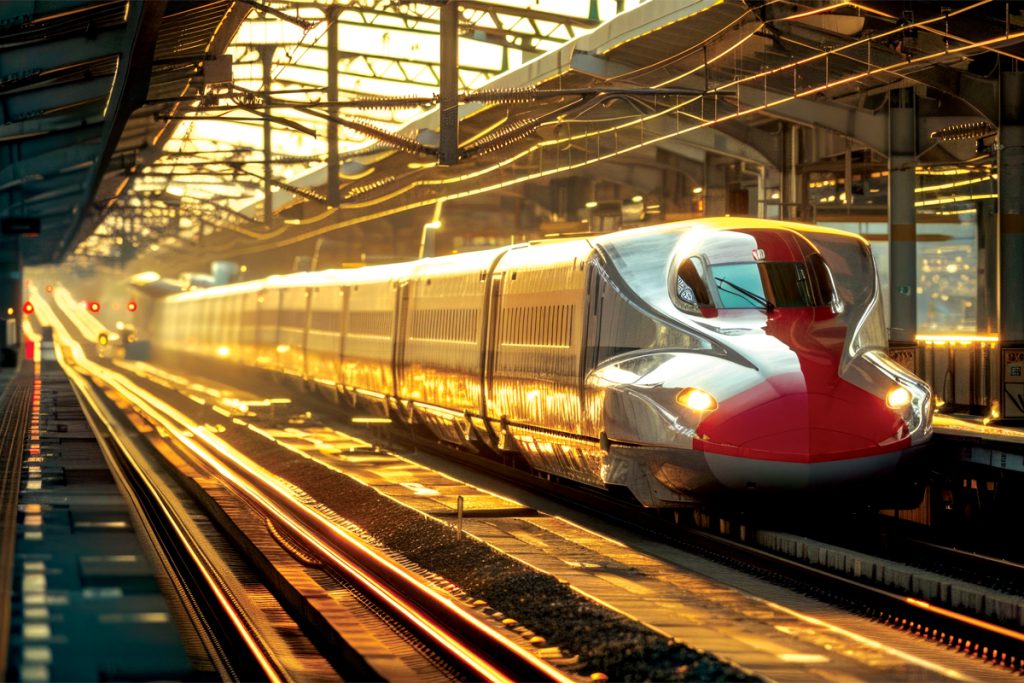
We’re also utilizing 40-meter Prestressed Concrete (PSC) box girders—each weighing around 1,000 tonnes. This surpasses Japan’s 35-meter girders, and these new 40-meter girders are being used to construct viaducts of unparalleled quality. Additionally, much of the track machinery, initially planned for import, is now manufactured in India under technology transfer agreements.
What steps are being taken to ensure the project’s sustainability?
High-speed rail is an eco-friendly transport mode with low emissions, noise, and land use compared to other passenger systems. To minimize noise, we’re installing 2-meter noise barriers along the elevated viaducts and 3-meter barriers in urban areas. Six casting yards in Gujarat are producing these barriers.
Solar panels will power train stations and depots, and the Sabarmati Depot will feature rainwater harvesting and wastewater recycling systems. Protecting local ecosystems is a priority; for example, a 21-kilometer underground tunnel was built to avoid flamingo sanctuaries and mangrove areas between Mumbai and Shilphata.
Ticket pricing and affordability are concerns for Indian passengers. How will you address this?
India is a price-sensitive market. Railway AC fares already compete with airfares, and globally, high-speed trains often rely on non-fare revenues to keep ticket prices accessible. We’ll employ a similar strategy to maintain affordability for a wide range of passengers.
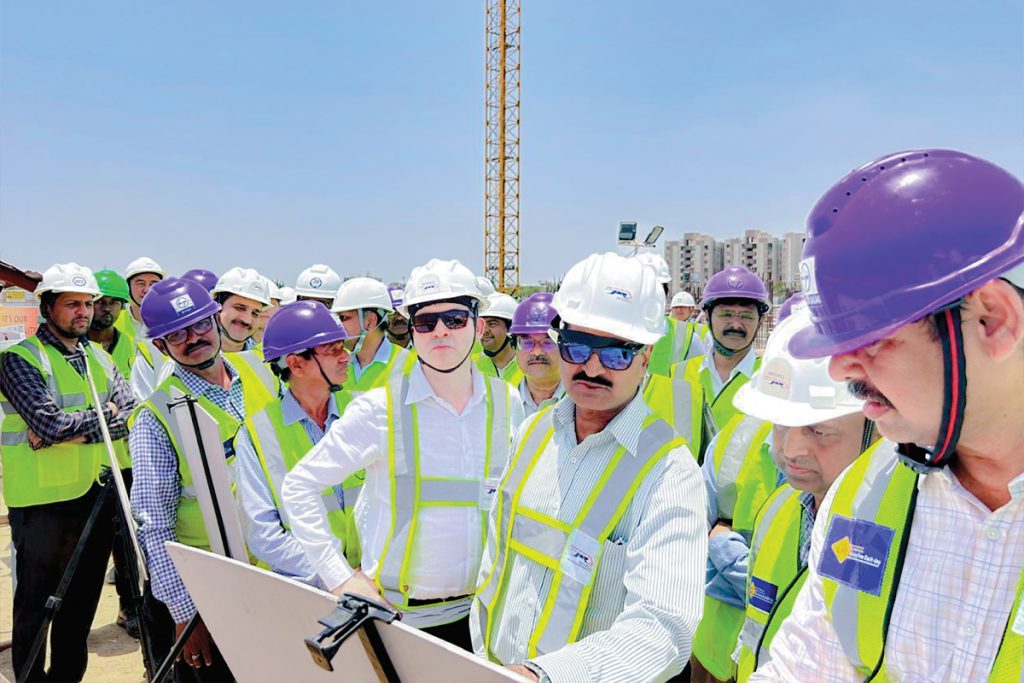
Are future high-speed corridors planned, and how will lessons from this project inform them?
The 2021 National Rail Plan identifies 11 potential high-speed corridors. The experience gained on the Mumbai-Ahmedabad corridor has equipped us with the expertise needed to develop future high-speed rail projects that prioritize safety, efficiency, and reliability.
Construction Update as of October 21, 2024
The project has made substantial progress:
- Land Acquisition: All 1,389.5 hectares secured.
- Civil and Depot Tenders: All awarded; viaduct and pier construction ongoing.
- Track Bed Progress: 42.07 km completed.
- Tunnel Construction: 21-km tunnel, including 7-km undersea section, underway at 36 meters below ground.
The construction of this historic corridor is advancing rapidly, bringing India’s first bullet train closer to reality.


